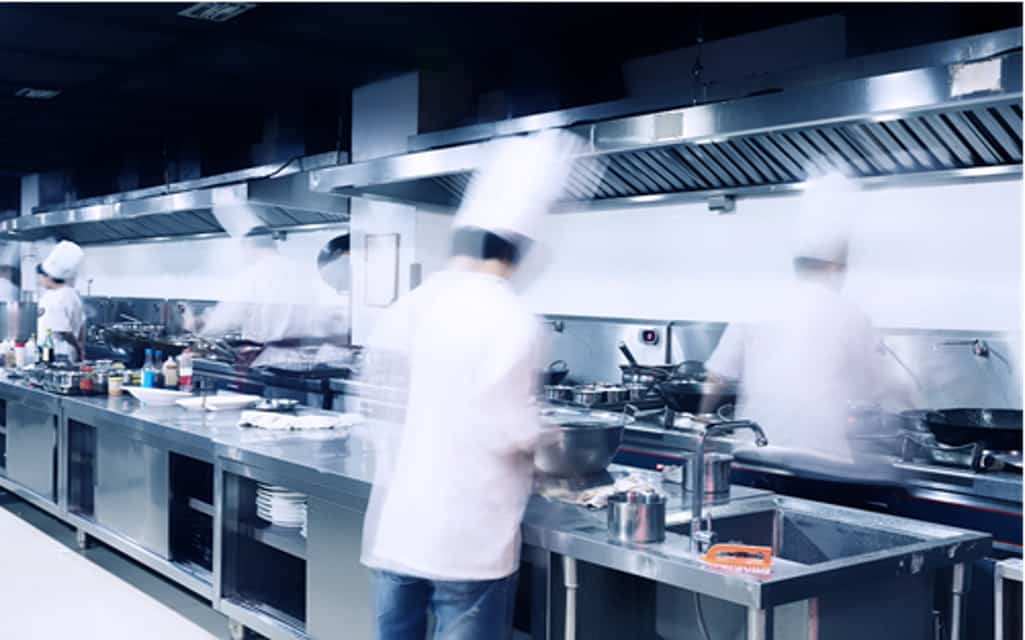Look, we get it: keeping your food preparation safe is no easy task. Even simple tasks like wearing gloves tend to get put on the sideline when the pressure of the clock comes down on you.
That said, you must practice proper food preparation. Otherwise, the bit of time you saved skipping the safety will come back to bite you. This is especially important if you run a restaurant or any other kind of food-related business. In that case, you should also get a food handlers certificate. So what tips can you follow to ensure this fate doesn’t befall you?
Protect your items against nails, splinters, and other hazards with cardboard pallet pads. Order cardboard pallet sheets online today for next-day delivery and see his explanation on Glynde Mitre.
Well, we’ve got the answer for you! Prepare to get hit with the best practices for food preparation and processing around! So without further ado, let’s jump right into it!
Things to Know When Buying and Storing Ingredients
According to this TraceGains article, one of the most critical safety precautions you can take is knowing the individual risk for each product (like their allergy potential or learning to detect signs of chemical contamination in the product). It’s also important to never purchase food after the sell-by date, even if it’s only been a few days: better safe than sorry, after all.
Finally, make sure to always inspect the packaging the food came in. If the packaging for something like a meat product gets damaged or dented, you will want to throw it out.
When it comes to storing ingredients, you’ll want to make sure that you’re storing your foods at the proper temperature. For your fridge, this should be in the 35-38 degree range (Fahrenheit). Your freezer, on the other hand, should be right at the 0-degree mark (also in Fahrenheit).
Be sure to use meats as soon as you can, and don’t store cans at freezing temperatures, as this will cause the can to crack and contaminate the food inside. Storing all perishable foods in the fridge/freezer within two hours of purchase is also a critical step to keep them safe.
Let’s Get to Cooking
One of the easiest ways to make sure your food is safe (especially meat) is to make sure it gets cooked well. Make sure to use a clean food thermometer to measure the internal temperature of your food to know when it’s ready. Roasts and steaks are safe around the 145 degrees Fahrenheit mark, while poultry and ground meat needs to hit the 160 degrees Fahrenheit mark.
Make sure your eggs are firm rather than runny and don’t use color as a reliable marker to indicate whether food is done enough or not.
Read More: 7 Of the Best DIY Holiday Gift Food Packaging Ideas
Scrub And Clean Often for Safe Food Preparation
Now it’s time to remove the risk element you bring to food preparation. Wash your hands well with warm water and soap before you cook or after handling something like raw meat or fish. Periodically washing your hands throughout the cooking process doesn’t hurt either.
Make sure all surfaces or utensils you use in cooking have gotten cleaned and disinfected before you use them. Cleaning your dishes and towels at high temperatures also help to prevent bacteria from growing on them.
Time to Get to Work
Now that you know the key tips to ensure safe food preparation and processing, you’re ready tog et cooking without fear of contamination! Need more tips on cooking and how to keep your life safe and happy? Then check out some of the other posts on our blog! Now if you’ll excuse us, there’s a roast turkey with our name on it.



